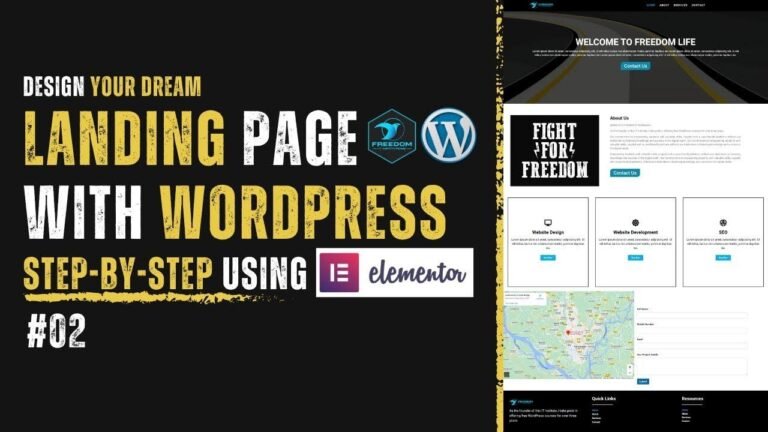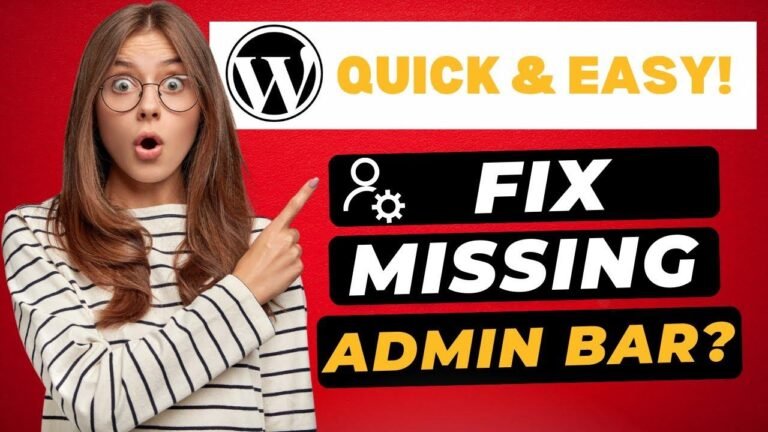Next.js and traditional PHP/WordPress sites can coexist, giving you the best of both worlds 🌐. You can use modern tech like Next.js and Tailwind for your new pages, while keeping your old content on your existing server. It’s like having your cake and eating it too! 😎 #WebDevWin
Introduction
In this video, I will discuss an approach I took with Next.js that may not be common but can be useful for many people. I wanted to redesign my website using modern technologies like Next.js and Tailwind. However, due to time constraints, I couldn’t preserve all my old URLs.
Challenging Upgrade Decisions
As my website has been around for 14 years, it accumulates a lot of blog posts and URLs with built-up SEO rank and traffic. I needed to find a solution to use new technologies while still maintaining the existing URLs and features.
| Old Website Design | New Redesign Plans |
|---|---|
| Decade-old design | Implement modern tech like Next.js and Tailwind |
| Preserve old URLs | Limited time to port over every single URL |
Utilizing Hybrid Hosting
I made the decision to temporarily host my new homepage on traditional WordPress PHP hosting, while still using Next.js and Tailwind for the redesign. This allowed for the modern tech features and the preservation of existing URLs.
"You don’t need to fully adopt Next.js for your entire website. Incremental adoption is possible."
Configuration for Compatibility
To ensure the coexistence of modern and traditional hosting, crucial configurations were made in the next.config.js file.
Next.js Configuration
module.exports = {
// Output the site as a set of static HTML files
target: 'static',
// Create clean URLs by placing HTML files inside folders
trailingSlash: true,
// Enable image optimization
images: {
disableStaticImages: true
}
}
This configuration allowed for the creation of static HTML files that can be hosted on any kind of old-fashioned server.
Simple Deployment Process
The deployment process is straightforward, as the project can be built using ‘npm run build’, which outputs the traditional files needed for hosting on any server.
Conclusion
The hybrid approach of using Next.js with traditional hosting is a practical solution for website upgrades. It allows for the adoption of modern technologies while preserving existing content and URLs.
Key Takeaways
- Incremental adoption of Next.js for website upgrades is feasible.
- Next.js can be used alongside traditional hosting for gradual migration.
- The configuration provides a seamless coexistence of modern and old-fashioned hosting.
If you’re considering a similar approach for your website upgrade, feel free to use the Next.js configuration shared in the video description.
FAQ
Does Next.js require complete website migration?
No, Next.js can be incrementally adopted for specific sections of a website, allowing for coexistence with traditional hosting.
Will the shared configuration work for all types of servers?
Yes, the configuration allows for the deployment of static HTML files on any type of server, ensuring compatibility with old-fashioned hosting solutions.






